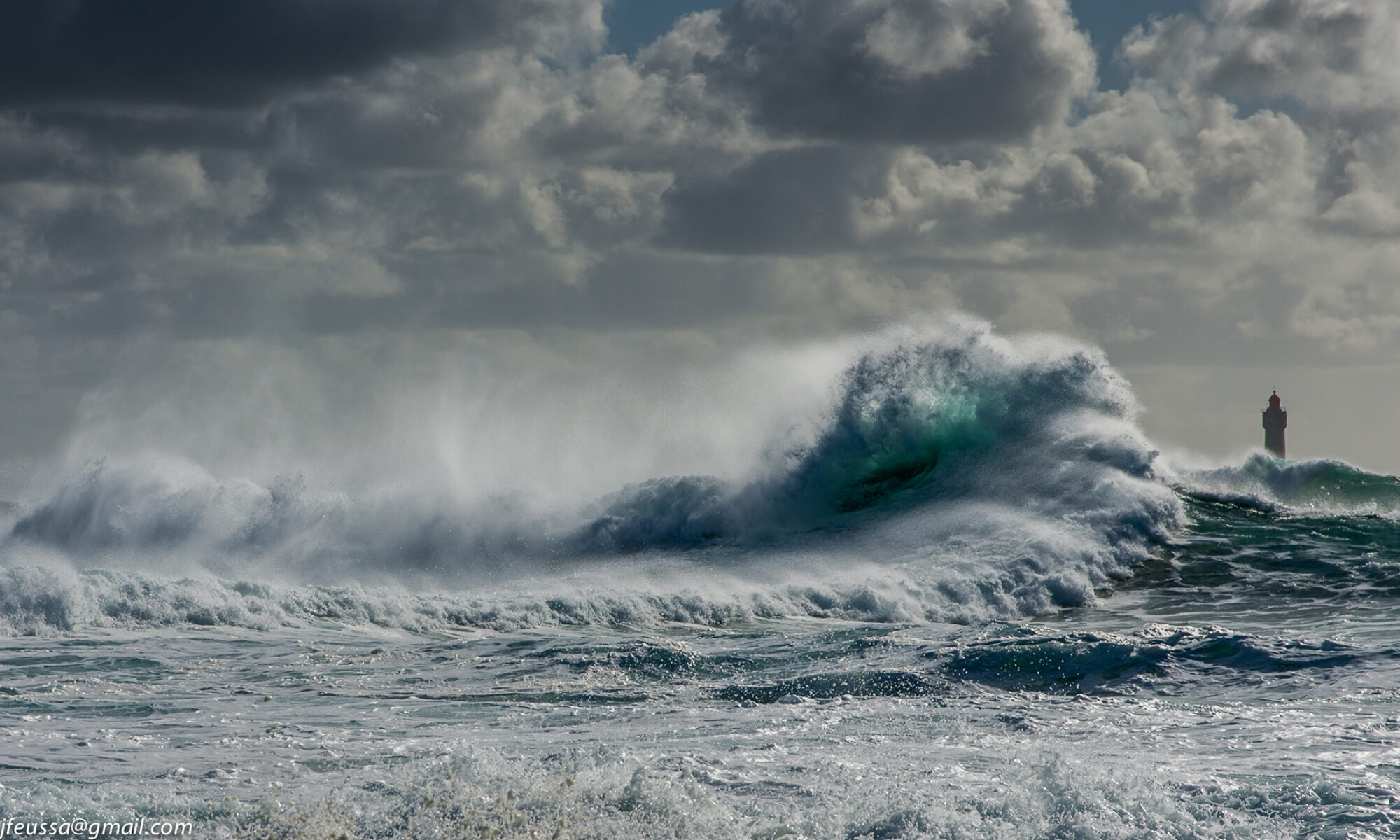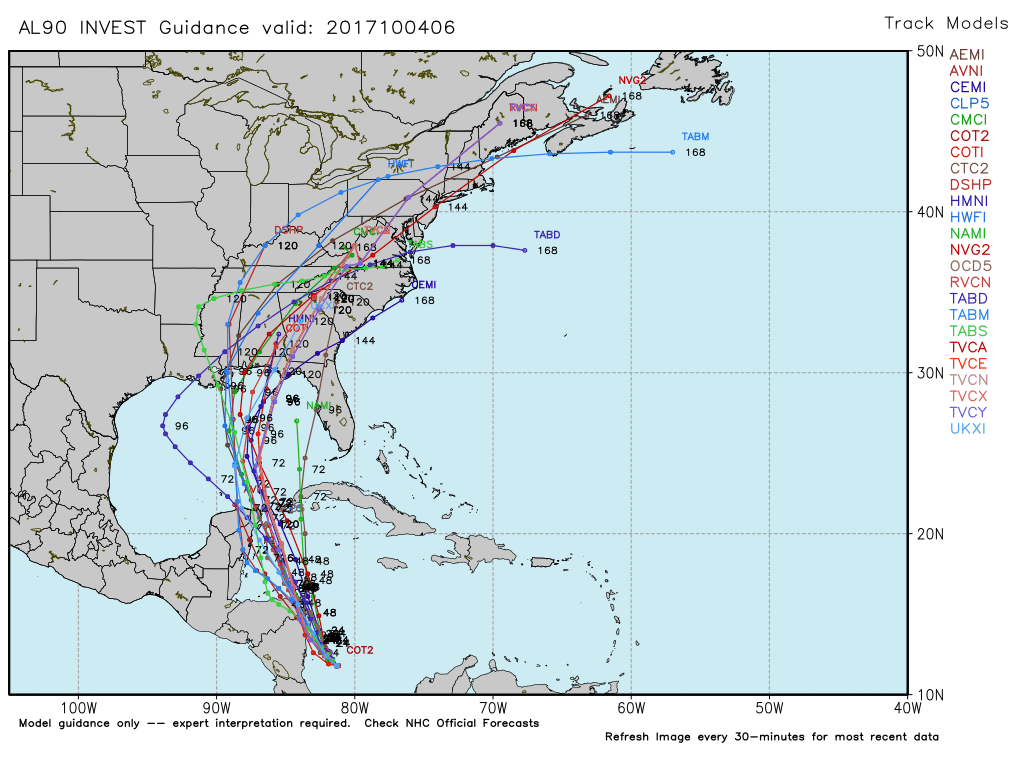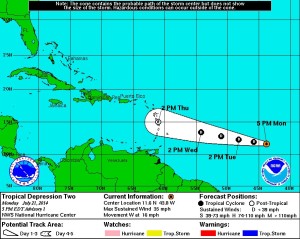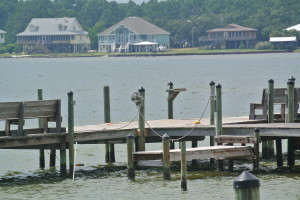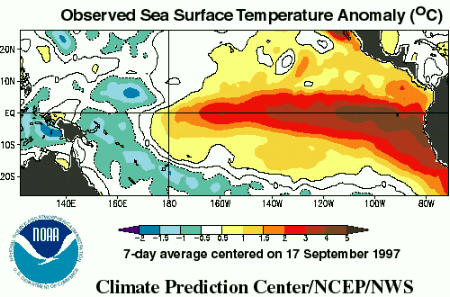Tropical Storm Alberto is moving slowly into the Gulf of Mexico. Our most recent model runs have Alberto entering the GoM on Saturday and experiencing less shear. The system could and probably will become more organized over the open waters of the gulf. We expect Tropical Storm warnings to be issued by Saturday evening, and possibly a Hurricane Watch for our coastal region.
![]()
